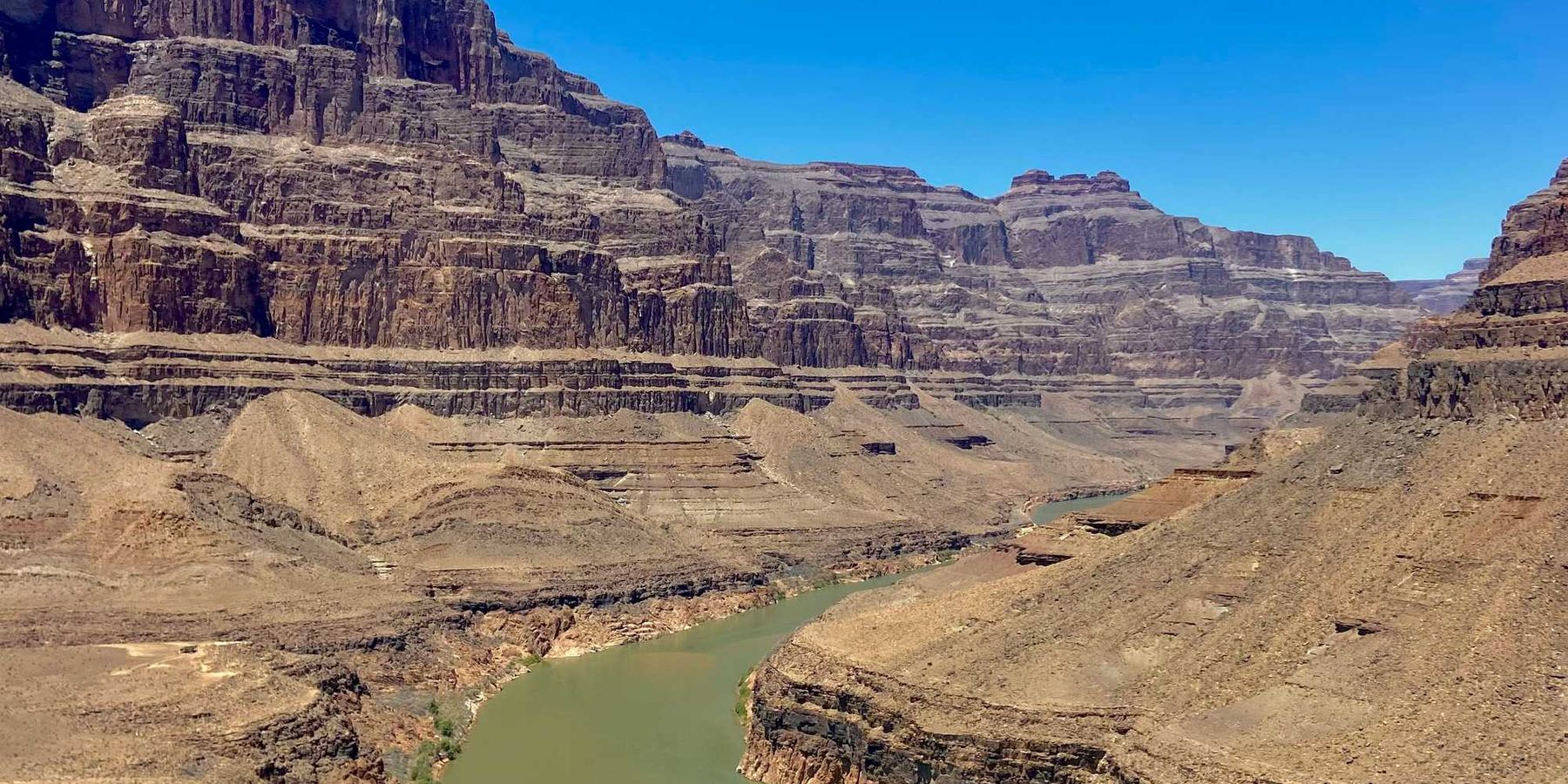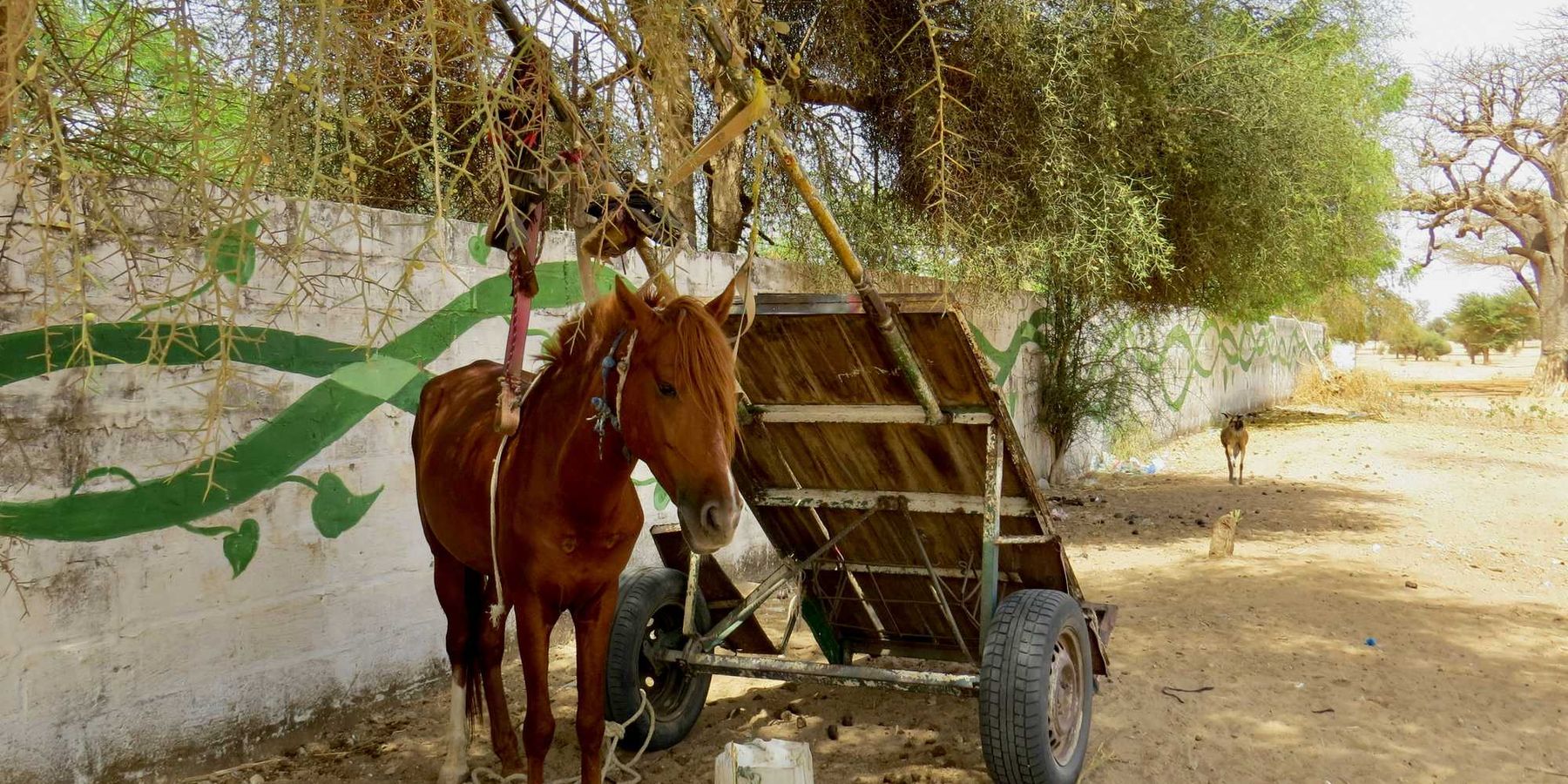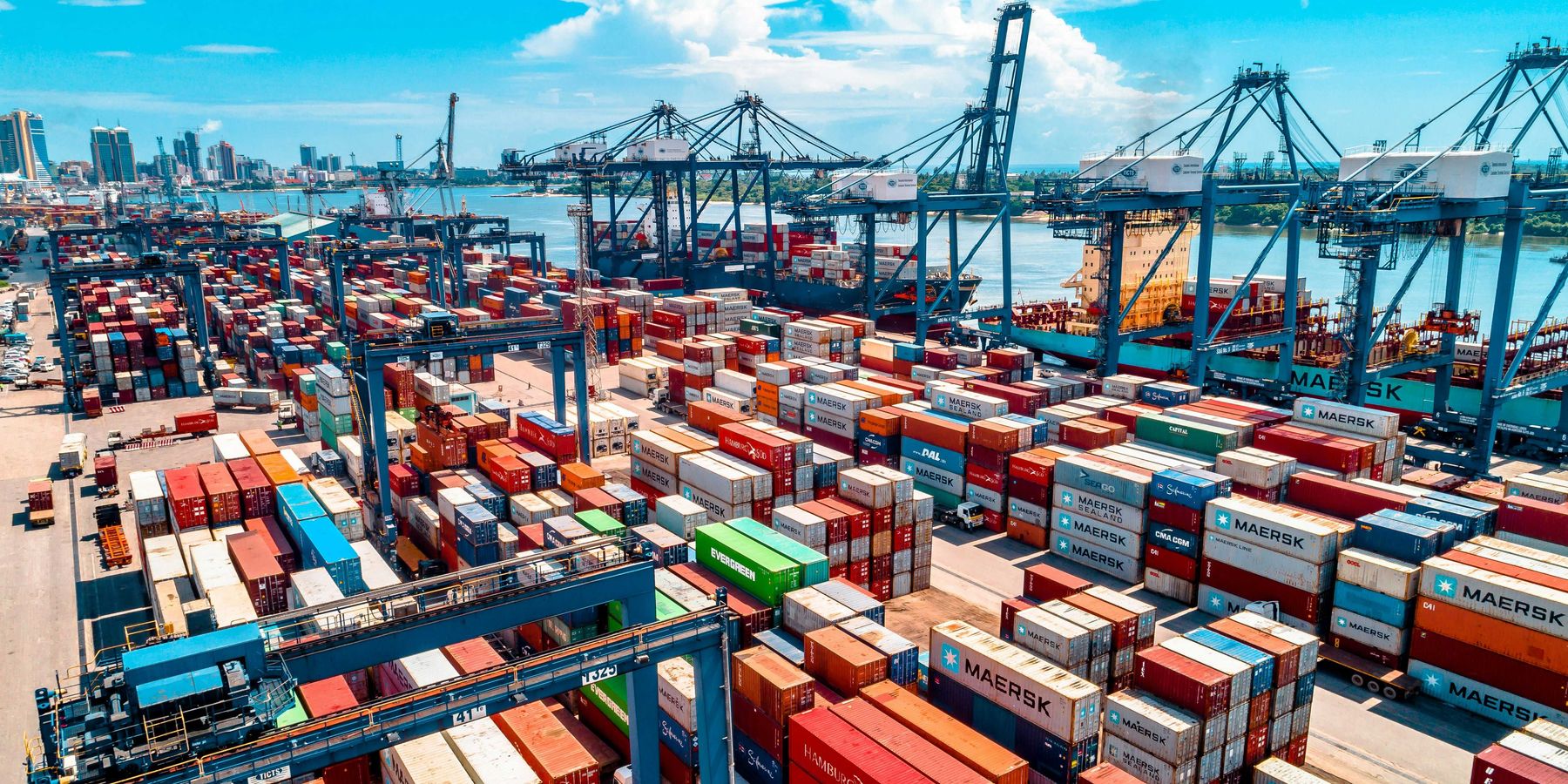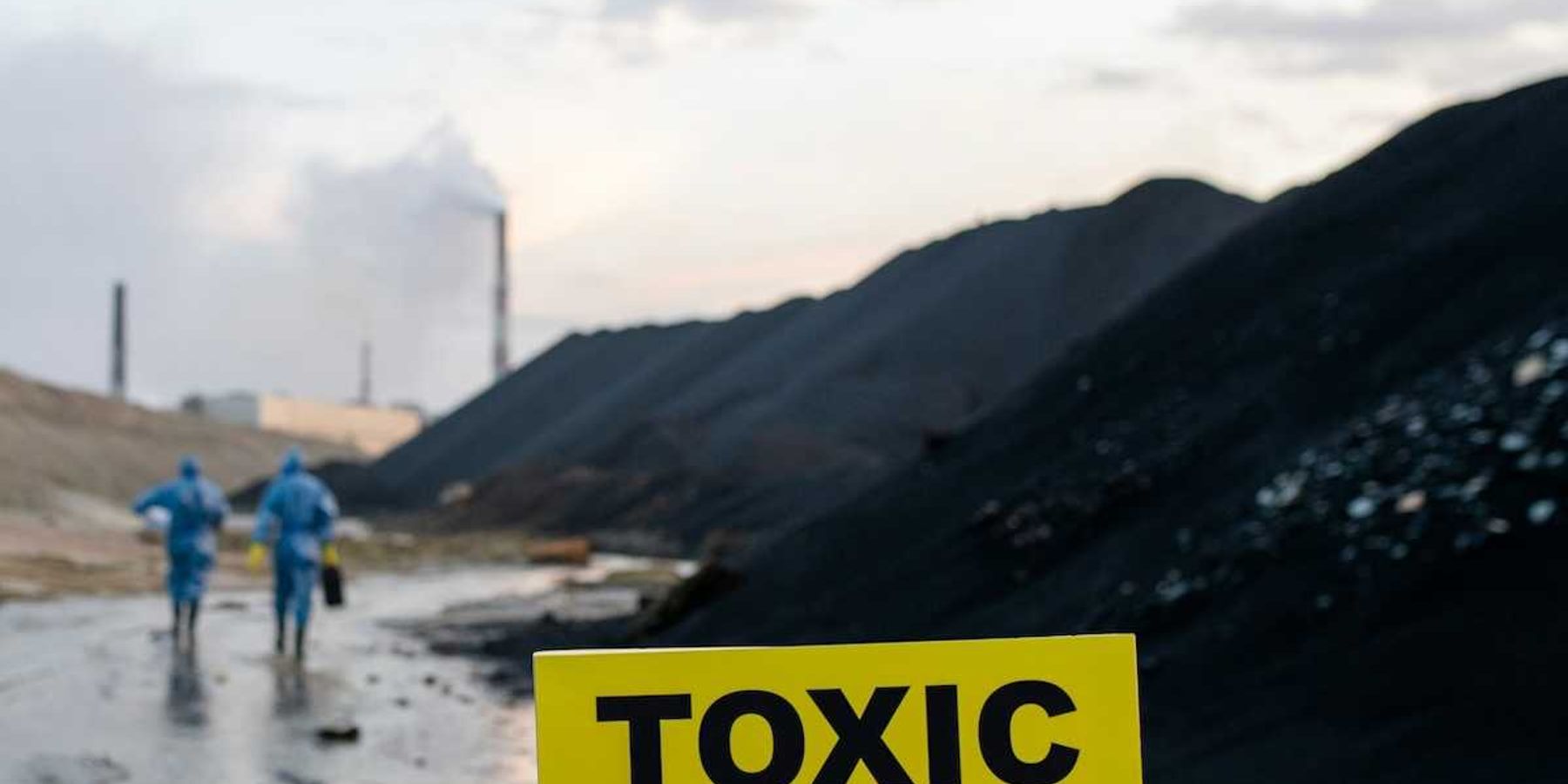Colorado sued over midstream emissions rule as oil industry pushes back on state limits
Western Colorado oil companies have filed a lawsuit challenging a first-in-the-nation emissions rule, just as President Trump calls for states to ease restrictions on fossil fuel production.
Sharon Udasin reports for The Hill.
In short:
- The West Slope Oil & Gas Association is suing the Colorado Air Quality Control Commission over its Midstream Oil and Gas Rule, which mandates significant emissions cuts by 2030.
- The rule, effective since February, targets midstream infrastructure such as compressors and processing plants, requiring a 20.5% emissions cut from 2015 levels and continued reductions past 2030.
- Industry leaders argue the regulation ignores regional differences, threatens jobs, and harms local economies on Colorado’s Western Slope.
Key quote:
“By ignoring local conditions, these mandates have now threatened jobs, jeopardized essential local tax revenue, and risk pushing our operators and their families out of Colorado.”
— Chelsie Miera, executive director of the West Slope Colorado Oil & Gas Association
Why this matters:
Midstream operations, often overlooked in broader debates, play a central role in transporting and refining fossil fuels. These facilities emit methane and other potent greenhouse gases that warm the atmosphere far faster than carbon dioxide. Cutting these emissions could help reduce Colorado’s contribution to climate change, but such mandates also threaten revenue in rural, energy-reliant areas. The clash between statewide environmental goals and local economic dependence on fossil fuels reflects broader tensions playing out across the U.S., especially in energy-rich states. With President Trump now pushing to roll back state authority over energy policy, the legal outcome in Colorado could influence how much autonomy states retain in regulating their own air quality.
Related: Colorado sets new air quality standards to protect vulnerable communities













